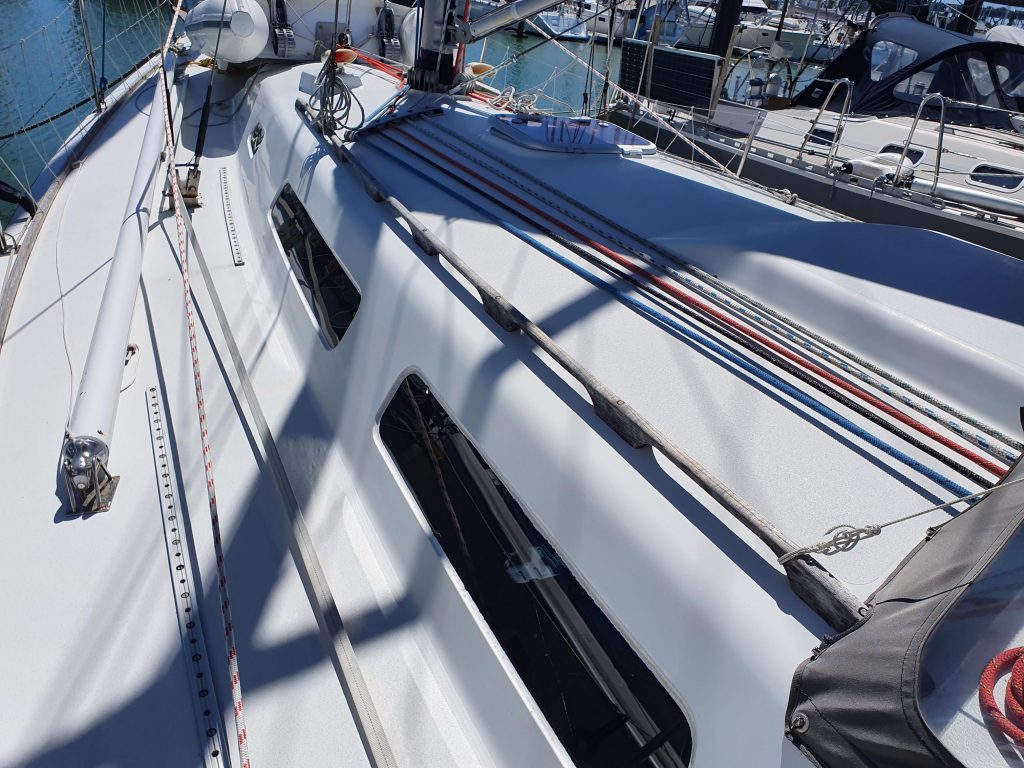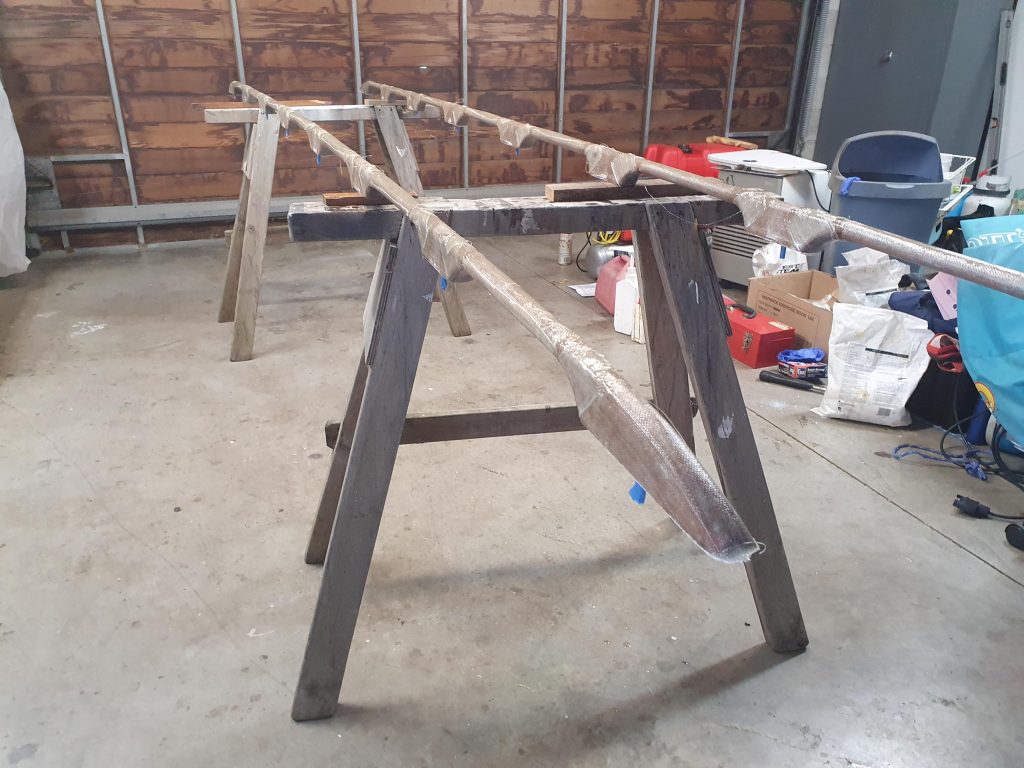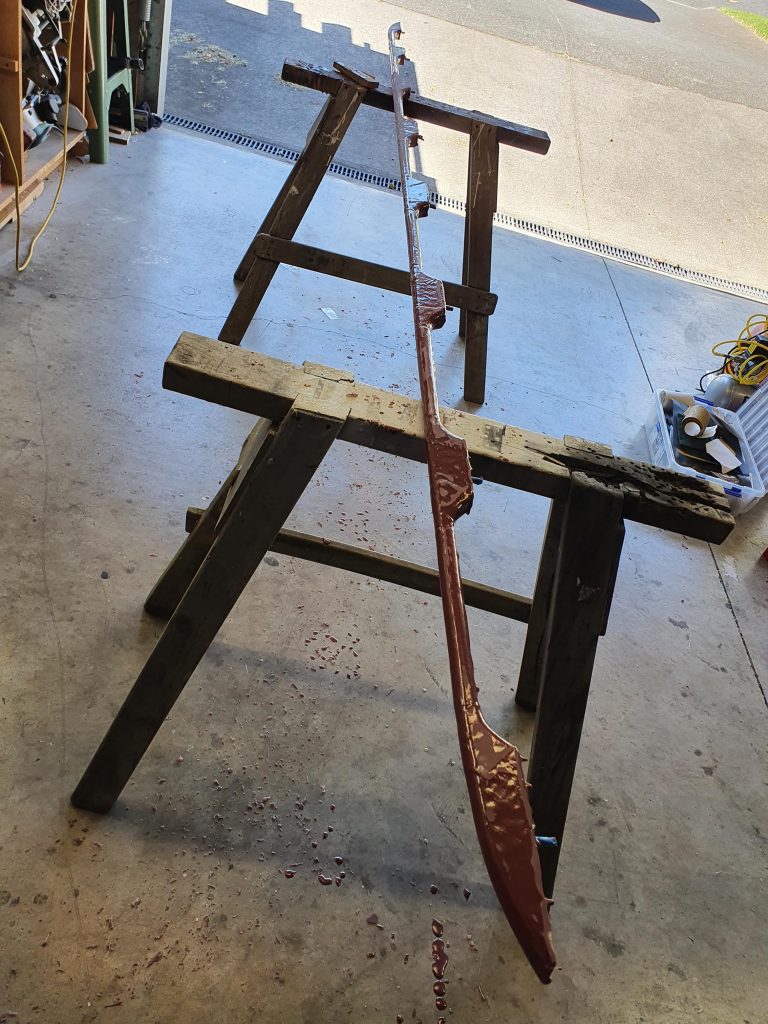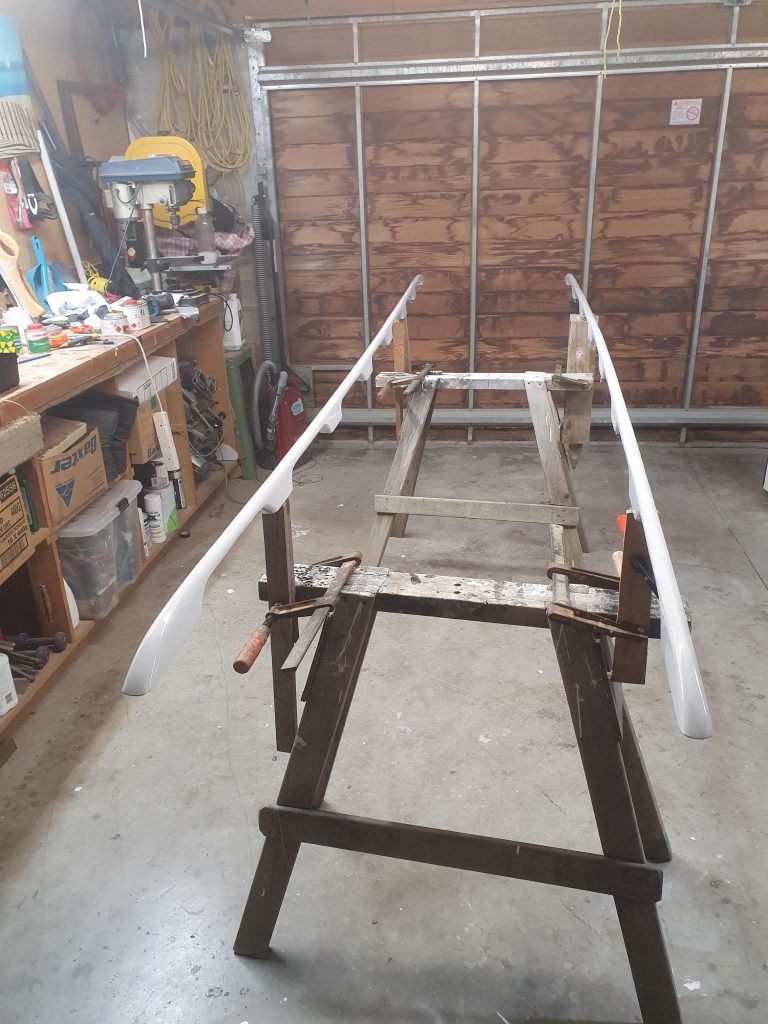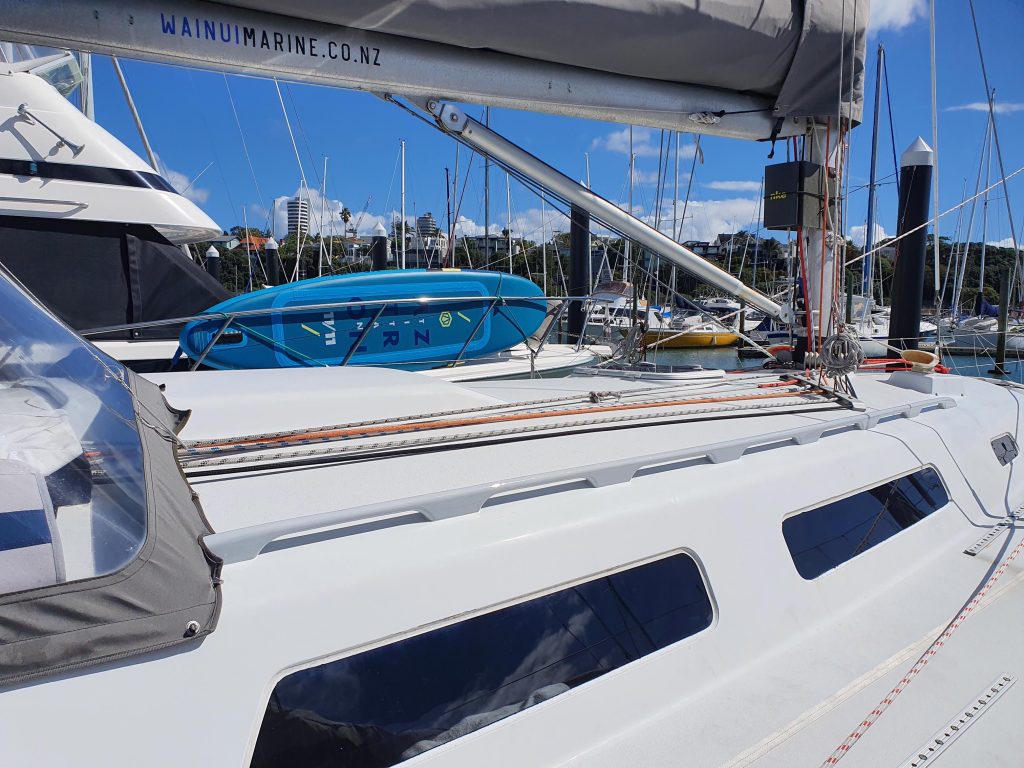The New Zealand Hydrographic Authority (NZHA), located within Land Information New Zealand develops the official NZHA charts used in New Zealand. Electronic versions of the paper charts are available from the NZ Mariner service free of charge. They are electronic scans of the paper charts. They can be used on compatible software and are updated regularly. However LINZ has advised that the NZ Mariner service will be withdrawn soon and replaced with S-63 ENC charts.

The replacement ENC charts are updated fortnightly. This is a great service. It is feasible to have a full catalogue of the official NZ charts for the areas required kept on your vessel’s computer or a laptop.
The NZ ENC has a dedicated website https://www.encservice.linz.govt.nz/
The ENC charts require compatible software or hardware to run. They work well on small sailing craft in conjunction with an on-deck plotter running one of the proprietary charting solutions that come preloaded, as an ap or on an SD card.
The ENC system can be used on a PC or MAC interfaced with onboard electronics as the solution for primary information. Examples of use for the ENC charts include information on restricted areas, anchoring restrictions, AIS marked features, course planning, routing, yacht racing, AIS overlay, possibly radar and other electronic features. The on deck system is the one to use for immediate navigation, consisting of a waterproof plotter, or IPAD/Tablet with proprietary CMAP/Navionics type charting.
To run the ENC charts you need to obtain permits but these are either not expensive or free (LINZ). You get them from the charting software vendor and LINZ. Figure this out by following the LINZ and charting software provider instructions carefully.
Free software options include qtVlm or Open CPN. Paid software that will run it includes Expedition. The software will often also allow you to use other types of charts to such as third party or the raster charts that are being phased out in New Zealand.
A good source of information that should answer most questions is David Burch and you can find his blog here


